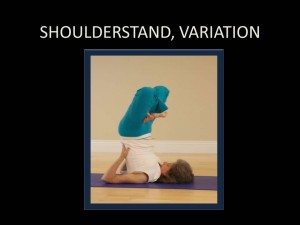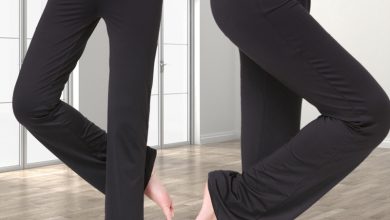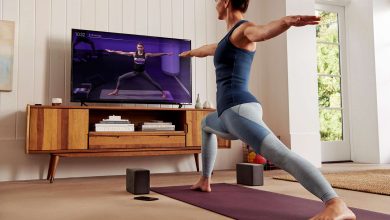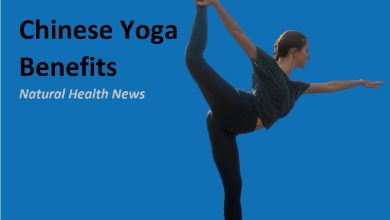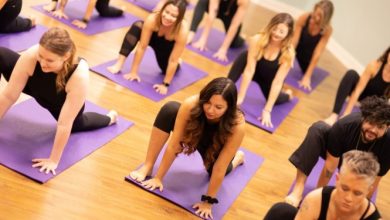Yoga
Shoulder stand, Variation

Sanskrit Name: Salamba Sarvangasana
Good for: Brain, shoulders, neck, legs, buttocks, insomnia, digestion etc.
Benefits
- Calms over activity of the brain
- Treats stress and mild depression
- Stimulates the thyroid and prostate glands
- Provides fuel to the abdominal organs
- Stretches and provides elasticity to the shoulders and neck
- Tones down the legs and buttocks
- Improves digestion
- Helps release the symptoms of menopause
- Lessens fatigue and assuages insomnia
- Provides therapeutic relief for asthma, infertility, and sinusitis
Guidelines
- Fold two or more firm blankets into rectangles measuring about 1 foot by 2 feet, and stack them one on top of the other
- You can place a sticky mat over the blankets to help the upper arms stay in place while in the pose
- Lie on the blankets with your shoulders supported (and parallel to one of the longer edges) and your head on the floor
- Lay your arms on the floor alongside your torso
- Bend your knees and set your feet against the floor with the heels close to the sitting bones
- Exhale, press your arms against the floor
- Push your feet away from the floor, drawing your thighs into the front torso
- Continue to lift by curling the pelvis and then the back torso away from the floor, so that your knees come toward your face
- Stretch your arms out parallel to the edge of the blanket and turn them outward so the fingers press against the floor thumbs pointing behind you
- Bend your elbows and draw them toward each other
- Lay the backs of your upper arms on the blanket
- Spread your palms against the back of your torso
- Raise your pelvis over the shoulders, so that the torso is relatively perpendicular to the floor
- Walk your hands up your back (toward the floor) without letting the elbows slide too much wider than shoulder width
- Inhale and lift your bent knees toward the ceiling
- Bring your thighs in line with your torso and hanging the heels down by your buttocks
- Press your tailbone toward your pubis and turn the upper thighs inward slightly
- Finally inhale and straighten the knees, pressing the heels up toward the ceiling
- When the backs of the legs are fully lengthened, lift through the balls of the big toes so the inner legs are slightly longer than the outer
- Soften the throat and tongue
- Firm the shoulder blades against the back, and move the sternum toward the chin
- Your forehead should be relatively parallel to the floor and your chin should be perpendicular
- Press the backs of your upper arms and the tops of your shoulders actively into the blanket support
- Try to lift the upper spine away from the floor
- Gaze softly at your chest
- As a beginning practitioner stay in the pose for about 30 seconds
- Gradually add 5 to 10 seconds to your stay every day or so until you can comfortably hold the pose for 3 minutes
- Then continue for 3 minutes each day for a week or two, until you feel relatively comfortable in the pose
- Again gradually and 5 to 10 seconds onto your stay every day or so until you can comfortably hold the pose for 5 minutes
- To come down, exhale, bend your knees into your torso again
- Roll your back torso slowly and carefully onto the floor, keeping the back of your head on the floor
Good to know
- Experts strictly advise not doing this pose if you have headaches, diarrhea or high blood pressure
- In case of neck injury do not attempt this pose for few months until fully recovered
- When you are on your monthly periods expert advise skipping this pose
- In case of pregnancy carry out this pose if you are an expert but not if you are a beginner
- It is considered to be an intermediate to advanced pose therefore it is recommended that you learn this pose through a professional Yoga instructor
- Before coming onto your blanket support, roll up a sticky mat and set it on the support, with its long axis parallel to the back edge
- Then come up with your elbows lifted on and secured by the sticky mat
By : Natural Health News

